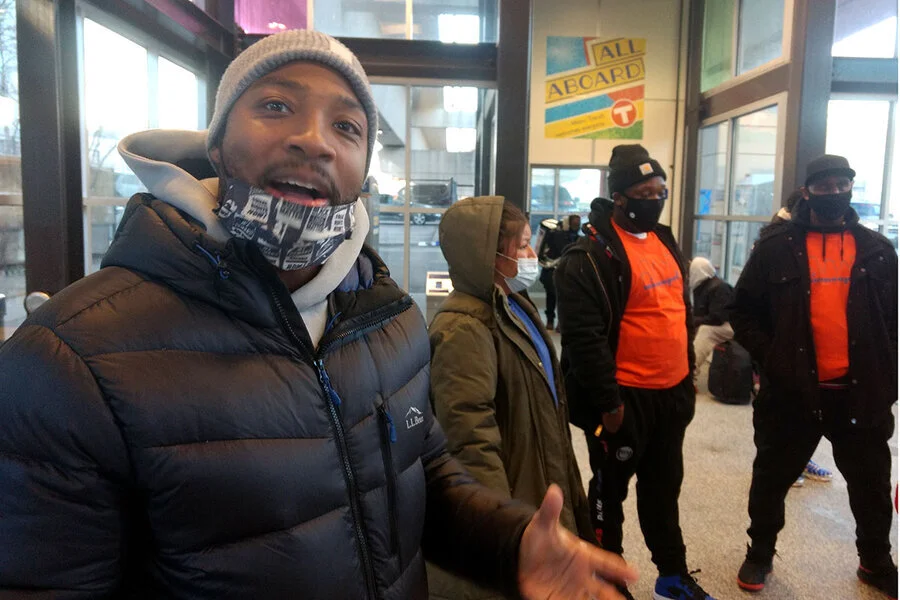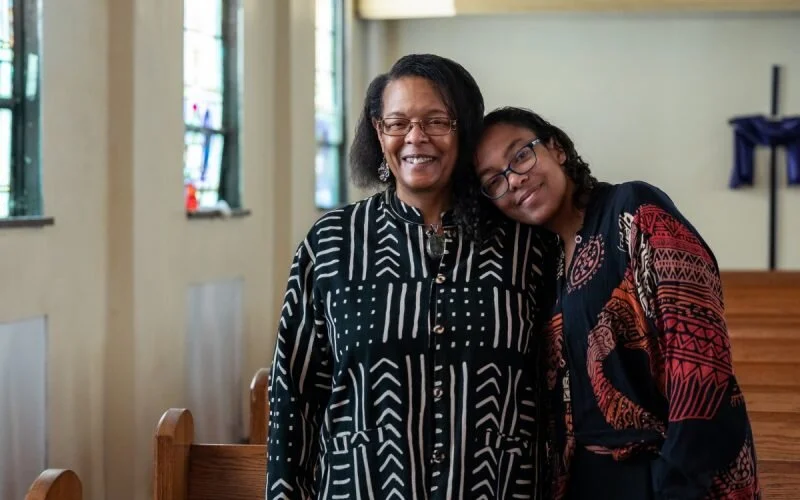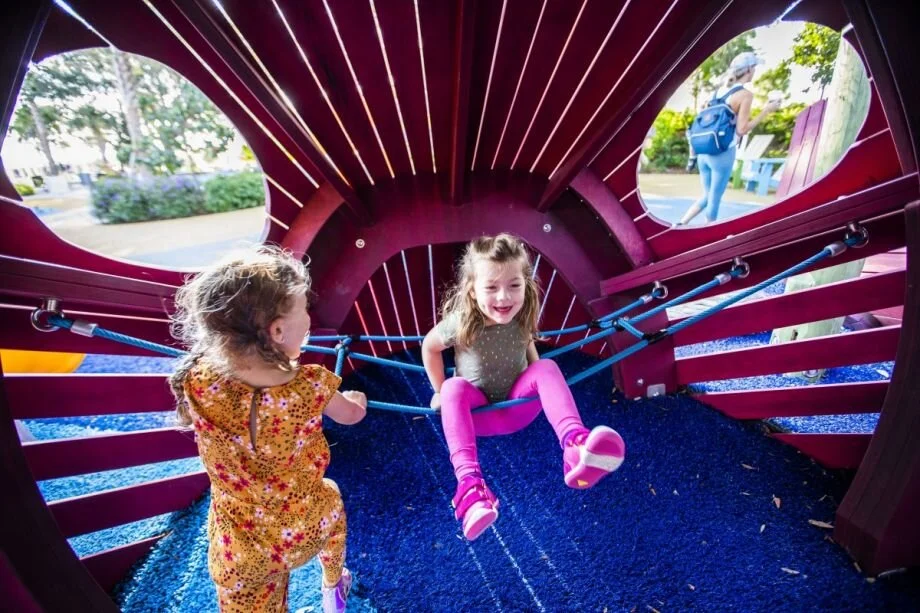No badges. No guns. Can violence interrupters help Minneapolis?
No badges. No guns. Can violence interrupters help Minneapolis?
By Martin Kuz, The Christian Science Monitor, April 13, 2021
Word count 2417
A group of 20 men and women huddled outside a convenience store as steam rose from their paper coffee cups and the evening temperature dipped toward freezing. They greeted the occasional customer as they stood watch over the parking lot and nearby area, seeking to avert potential bloodshed without the aid of badges and guns.
Known as violence interrupters, the team stops by the store six nights a week during a five-hour “patrol” of Lake Street, a busy commercial and cultural corridor in south Minneapolis. Their approach to deterring conflict relies on quick thinking, calm persuasion, and a credibility that derives, in part, from who they aren’t.
“If we looked and acted like cops, people would right away blow us off,” says Muhammad Abdul-Ahad, the team’s leader and a longtime street outreach worker. The differences extend to uniforms. He opened his jacket to reveal a bright orange T-shirt bearing an outline of the city’s skyline above the word “MinneapolUS,” a one-word synopsis of the team’s ethos.
“We can relate to people because we live here, too,” he says. “We listen to them, and from showing them that empathy, they’re willing to listen to us.”
Minneapolis has endured a spike in homicides, shootings, and other violent crimes since police killed George Floyd last May. The video of Officer Derek Chauvin kneeling on his neck for nine minutes set off weeks of protests and deepened distrust within communities of color of the mostly white police force.
The Office of Violence Prevention established the interrupters program under the MinneapolUS banner last fall as part of the city’s evolving efforts to reimagine public safety and reduce dependency on traditional policing.
Four teams of 20 to 30 members, whose ranks include former felons and gang members, walk the streets in high-crime zones. Unarmed and lacking arrest authority, they stay alert for disputes between residents – young men in particular – and attempt to intervene before verbal taunts give way to fists or firearms.
“Their job is not to punish people,” says Sasha Cotton, the office’s director since its inception in 2019. “It’s about saving them.”
Demonstrators are taken into custody after curfew in Minneapolis May 31, 2020, as protests continued following the death of George Floyd. Mr. Floyd’s death sparked a nationwide protest movement, and the city is on edge during the trial of Derek Chauvin, who knelt on Mr. Floyd’s neck for nine minutes.
The work has gained greater urgency as Minneapolis braces for the outcome of Mr. Chauvin’s trial on charges of second- and third-degree murder and manslaughter. Tensions in the city climbed this week after a white police officer in the adjoining suburb of Brooklyn Center shot and killed a Black man, Daunte Wright, during a traffic stop Sunday, igniting clashes between protesters and officers.
As the unrest continued Monday, Minnesota Gov. Tim Walz imposed an overnight curfew on much of the Twin Cities, and Minneapolis Mayor Jacob Frey declared a state of emergency. The officer, Kim Potter, and Brooklyn Center Police Chief Tim Gannon resigned Tuesday.
For the members of Mr. Abdul-Ahad’s team, most of whom hold day jobs, the patrols represent a chance to sow goodwill as their city struggles to recover from the upheaval over Mr. Floyd’s death. Antonio Williams, who joins the group for its nightly rounds after pulling his daily shift in a packing warehouse, regards the late hours and variable weather as hardships worth tolerating for the safety of fellow residents.
“This is my neighborhood, my community,” he says, “and what we’re trying to be is a buffer between order and chaos.”
Violence as public health crisis
Members of the Minneapolis City Council pledged to “end policing as we know it” last spring in the aftermath of officers killing Mr. Floyd. The council later cut $8 million from the police budget to boost spending on public safety alternatives, and funding for the Office of Violence Prevention almost tripled, from $2.5 million to $7.4 million.
The infusion of resources enabled the office to bolster existing initiatives to counter youth and gang violence and launch the interrupters program. The growing emphasis on prevention strategies has occurred as city officials reassess a police department whose officers are seven times more likely to use force against Black residents than against white residents.
“We often ask law enforcement agents to be everything,” Ms. Cotton says. The teams of interrupters, by defusing conflicts before they explode, could ease the burden on officers and, in turn, lower the incidence of police violence. “We’ve got to create a system that allows law enforcement to focus on things they’re really good at. They do de-escalation, but it may not be their strongest skill.”
The funding for her office amounts to less than 5% of the $170 million police budget. The interrupters earn $25 an hour, and the city has committed $2.5 million to the program, with plans to expand and refine its operations this year.
City Council Member Phillipe Cunningham, who prodded his colleagues to form the violence prevention office two years ago, advocated for the interrupters program as shootings and homicides rose across Minneapolis last summer. He describes the teams as essential to teaching residents to view violence as a public health crisis that requires preventive remedies.
“When we talk about safety, folks tend to think that adding more officers is the only way to solve the problem,” he says. “Violence is a disease that spreads through communities, and it can be cured. But to do that, we have to look at solutions other than policing.”
The city has worked with Cure Violence to develop its interrupters program. Dr. Gary Slutkin founded the Chicago-based organization as CeaseFire in 1995, and in assisting dozens of cities to form similar programs that have yielded encouraging results, he has preached the merits of preemptive action.
Taqi Thomas (right) patrols the streets with another member of Cure Violence in Chicago on May 22, 2019. Members of Cure Violence, formerly CeaseFire, interrupt violence in the neighborhood. Many are former gang members. Minneapolis has modeled its violence interrupters program on Chicago’s.
“What usually leads up to violence – somebody owes someone $10, somebody insults someone at a party – is retaliation,” he says. “That doesn’t lend itself to doing something afterward. You have to do something before.”
Dr. Slutkin, an epidemiologist by training, helped direct the medical response to AIDS and other global epidemics during his time with the World Health Organization in the 1980s and ’90s. The Cure Violence model applies lessons from his experience.
In the context of public safety, he explains, the interrupters serve as contact tracers. They draw on their past exposure to and understanding of violence – as perpetrator, victim, or witness – to detect conflict and coax people back from the brink.
“The interrupters have credibility and connections in the community. They can talk people out of what they’re thinking of doing and get them to cool down,” he says. “And they can do that because people respect them.”
“Change is possible”
Mr. Abdul-Ahad and his team shuffled in place to stay warm outside the Lake Street convenience store on a recent evening. They had walked several blocks west and returned, finding the sidewalks almost deserted. The cold spring weather, a parting shot from winter, had interrupted violence for the night.
The lull provided opportunity for Mr. Abdul-Ahad to recount a less sedate evening last fall. A man pulled into the shop’s parking lot and stepped from his car. He pointed a handgun at another man standing on the sidewalk and began yelling about a woman they both knew.
The team’s members swarmed into action. In line with their de-escalation training, they moved into the space between the two men. Half of them faced the gunman and urged him to consider the lasting costs if he squeezed the trigger. The other interrupters shepherded the second man around the corner and ordered him an Uber ride.
The gunman soon relented. The crisis receded. Nobody called the cops.
“You can’t tell people what to do if you’re not meeting them at the same level,” says Mr. Abdul-Ahad, whose time in prison on drug and money-laundering charges a decade ago informs his approach. He now runs an auto-parts delivery service, and his charisma and devotion to street outreach have earned him the nickname “Mobama,” a reference to the former president. “You got to respect people for them to respect you.”
The members of his hand-picked team have endured their share of adversity, including prison, homelessness, drug addiction, domestic abuse, and childhood trauma. The experiences animate their compassion for the people they encounter.
Charles Andrews ran away from his Minneapolis home as a teenager to escape physical abuse. He drifted between the streets and the houses of friends for the next two years, and he recognizes the insidious forces – poverty, drugs, gangs – that can lure a young person toward the abyss of violence.
“Change is possible. I know that because I lived it,” says Mr. Andrews, who works for a demolition company. He credits a friend’s mother for pointing him toward a new future more than two decades ago. “Sometimes people just need a chance to stop and think. That’s why we’re out here – to create that pause and plant that seed.”
A shift in thinking
An analysis in 2017 revealed that less than 10% of the Minneapolis police force lived in the city. None of the four former officers charged in Mr. Floyd’s death lived here at the time of their firing last May.
The members of Mr. Abdul-Ahad’s team take pride in their Minneapolis addresses, and their familiarity with the city breeds a familiarity with residents. They walk the beat in a manner once associated with cops, and passersby greet them with waves, elbow bumps, and car honks. The response contrasts with the frayed relations between police and communities of color.
“I see the interrupters out there in their orange shirts and I’m grateful,” says D.A. Bullock, an activist and filmmaker who lives on the city’s north side. “Cops are always showing up after a shooting. There needs to be stronger engagement with young people to head off shootings.”
The rise in violent crime has coincided with the departure of about one-fourth of the police force in the past year. In the aftermath of Mr. Floyd’s death, when protesters rallied against police brutality and rioters set fire to the 3rd Precinct station, some 200 of the department’s 850 officers retired, resigned, or took extended leaves.
The loss of personnel has contributed to the department’s homicide solve rate plunging below 50%. The wave of violence has magnified scrutiny of the interrupters program and other public safety initiatives, says James Densley, a professor of criminal justice at Metropolitan State University in St. Paul.
Yulonda Royster, a member of a violence interrupters team in Minneapolis, walks the streets of high-crime neighborhoods for five hours each night and attempts to deter conflicts from escalating.
“There is real pressure for the city to not just get it right but get it right quickly, because if they don’t, people of color and communities of color will suffer the hardest consequences,” he says. As the city weighs multiple proposals to reform or replace the police department, he adds, residents inhabit an uneasy limbo.
“The problem is, until we have legitimately funded public safety programs, we have this void where you don’t have full-strength policing and you don’t have full-strength alternatives.”
A poll last summer found that three-fourths of residents support shifting a portion of police funding to anti-violence programs and social services. The same survey showed that a majority of residents oppose or remain uncertain about reducing the number of officers in the department. Mr. Densley suggests that their ambivalence arises from a misperception about the city’s options.
“It’s a false dichotomy to say that you have to defund the police to afford the community initiatives people are calling for,” he says. “You can have both well-funded public safety programs and police. What it requires is a shift in thinking about how to prevent violence.”
The CeaseFire program earned praise for reducing gun violence in Chicago after its launch a quarter century ago. But local and state officials slashed its funding in 2015 after police questioned the hiring of former gang members to curb crime and blamed the interrupters for inflaming community suspicion of officers.
The city’s homicide toll soared to 769 last year, its second-highest total in the past two decades, and the pace of killings has continued so far in 2021. Reform advocates fault local officials for failing to provide more funding for interrupters and other public safety initiatives amid the bloodshed.
“You have to have the same commitment to these programs as you’ve had to police,” Dr. Slutkin says. “That’s what will lead to change.”
A mother’s resolve
A light rail station on Lake Street marks the start of the route that Mr. Abdul-Ahad’s team patrols each night. One evening last month, as the interrupters neared the building, they noticed a man punching a woman.
A few of the men stepped between the couple. Yulonda Royster placed an arm around the sobbing woman and guided her away to talk in private.
The woman’s anguish and fear reminded Ms. Royster of her own while trapped in an abusive relationship several years ago. Memories surfaced of the struggle to exhale, to think, to imagine a way out.
“You’re wondering what you did to deserve this, and you feel like there’s nowhere to go,” says Ms. Royster, who grew up near the intersection where police killed Mr. Floyd. She consoled the woman before ordering an Uber to return her to the domestic violence shelter where she had stayed the past few weeks. “The hope is that maybe we can help break that cycle.”
Ms. Royster brings a mother’s resolve to her work as an interrupter. The oldest of her five children is in prison for his role in a gang-related shooting, and she wants to spare other young men his fate.
So six evenings a week she slips on her orange MinneapolUS shirt and heads to Lake Street. She joins the team to walk the beat as they seek to reclaim the city one block and one person at a time.
“It’s important for people just to see us, to know we’re out here,” she says. “Especially right now, when everybody’s on edge. We want them to know their community cares about them.”






